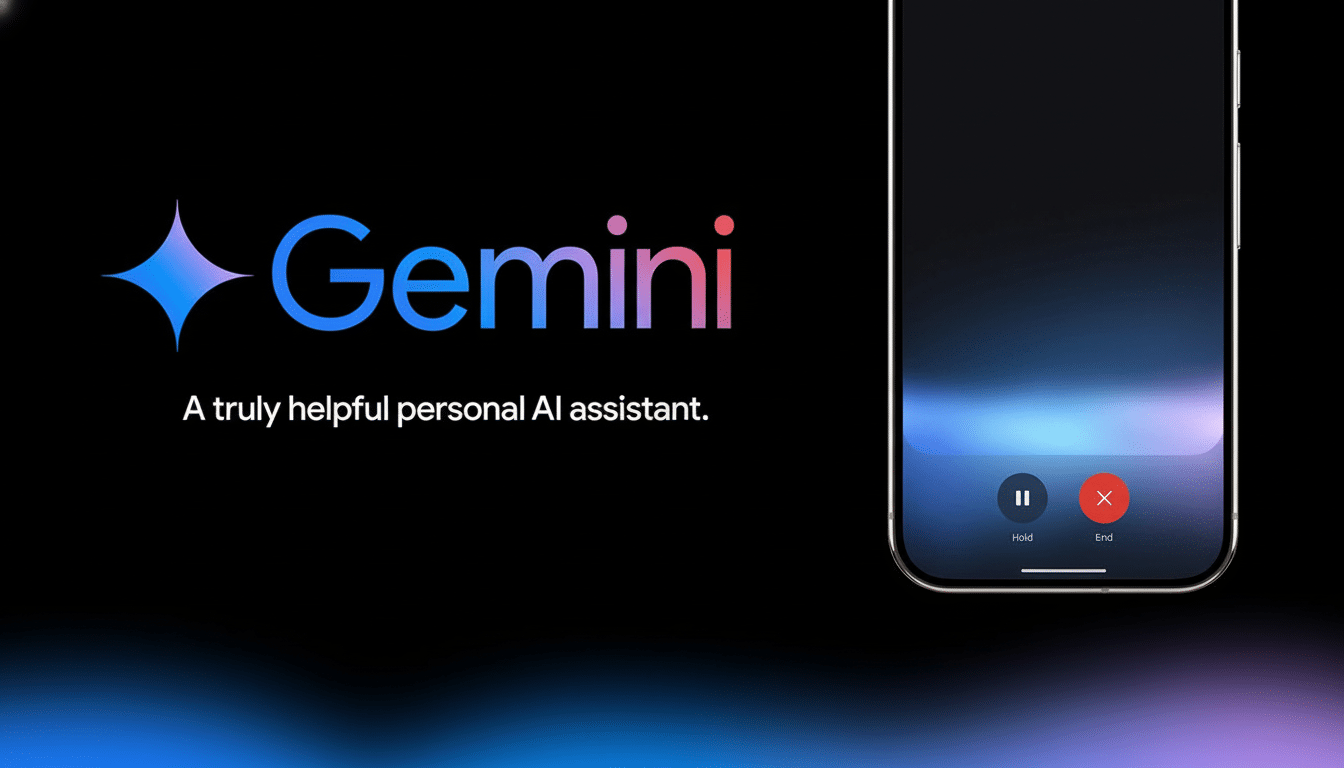Waze is starting to roll out a new method for flagging road accidents that doesn’t require poking around on-screen menus. Via the company’s “conversational” reporting interface — which uses Google’s Gemini AI to let drivers say what they’re seeing with plain language — wake-word prompts or stiff little phrases are no longer necessary; previously, it took a tap of a button for reports to appear on the map.
What Conversational Reporting Changes for Drivers
Waze has long been fueled by community-based data, but reporting usually meant digging through a menu or resentfully repeating the exact commands to get the app to understand. The new method takes natural language as input and extracts the core information of hazard type, location, and direction of travel. Say, “There’s debris in the right lane just before the next exit,” and Waze turns that into a structured alert for drivers nearby.
- What Conversational Reporting Changes for Drivers
- How Gemini Makes It Work for Waze Voice Reporting
- Where It’s Rolling Out First and Who Gets It
- Safety and usability considerations while driving
- Why this matters for Waze’s ecosystem and routing
- Privacy and control settings for voice reporting
- How to try it and improve Waze voice reporting

It is a meaningful departure from the previous voice control, which relied on rigid syntax and failed frequently while driving. By lowering the friction, Waze is gambling that more people will add helpful, high-quality reports about slowdowns, crashes, stalled vehicles, and weather-related issues.
How Gemini Makes It Work for Waze Voice Reporting
Under the hood, Gemini’s natural language understanding decides on an intent and key entities in a free-form sentence — what happened, where it is located, and how urgent it is — then maps those values to existing report categories implemented in Waze. In practice, that means the system can process varied phrasing and nuanced context — like lane position or distance to an interchange — details that would factor into navigational calculations.
It is conversational, which makes it capable of processing brief statements as well as fuller descriptions. The goal is to reduce the amount of up-front cognitive overhead and cut down the need for redundant questions to be asked back and forth, while still managing to get exact data that aid in improved routing for all drivers on the road.
Where It’s Rolling Out First and Who Gets It
Early spots indicate the rollout is staggered and server-side, with a few of the early reports originating from iOS users in the US. Though that number is still relatively small, not all will see the option at once. A few early adopters also report teething problems, among them an overeager pop-up alerting to the feature and pauses in media playback after a voice report. Those sorts of oddities are common in phased launches, and they usually fade as telemetry assists teams with fine-tuning prompts and focuses for audio behavior.
If you don’t already have it, the best route is updating the app and leaving on those voice features. Waze tends to roll out availability regionally, once stability and accuracy goals are achieved.

Safety and usability considerations while driving
One clear win is decreased screen time. Just as no one is hoping for a car crash, no one is waiting for their car to be involved in an incident — but having hands-free interaction with technology ties in with the current wave of hands-free laws coming into place across many states and countries, and it could reduce the risk of drivers being manually or visually distracted from their real driver behavior when something untoward should happen. The National Highway Traffic Safety Administration has long warned that taking eyes off the road for even a few seconds dramatically increases crash risk; its guidance equates looking away for 5 seconds at 55 mph to driving the length of a football field blindfolded.
That said, voice systems are no magic bullet. The AAA Foundation for Traffic Safety has found that certain in-vehicle voice tasks remain cognitively distracting even after completion of a conversation. The message for drivers is simple: Keep reports short and to the point — describe freely what the hazard is, but not a spectacle around it — and let the system take over from there.
Why this matters for Waze’s ecosystem and routing
Waze’s real-time precision relies on fast, frequent reporting from the community. A reduction in the cost of reporting should spur higher and finer-grained alerts, which would, in turn, help to improve predictions on ETA or reroute logic when traffic patterns change. Standard navigational apps that rely more on passive probe data still feel Waze’s absence more profoundly, as its strength is inevitably human context — exactly the kind of nuanced information conversational interfaces can absorb and proliferate.
Privacy and control settings for voice reporting
Like any voice-enabled feature, some amount of processing is necessary in the cloud to understand speech, and location is crucial to developing a report worth using. Privacy-conscious users may want to check Waze’s settings for voice features, audio permissions, and data sharing, as well as muting or turning off voice reporting if they prefer more manual entry. Good controls and clear labeling will be crucial as the feature expands to additional areas.
How to try it and improve Waze voice reporting
First, make sure you have the latest version of the Waze app and that you’ve granted microphone access; also keep an eye open for an in-app prompt rolling out to introduce this feature. Just speak naturally when passing other vehicles — say something like “Car stopped on shoulder after the bridge” or “Rain starting on this route.” If you run into problems such as audio that’s broken up or prompts that repeat, submit feedback via the app’s help and support menu to help the team refine its rollout.
If Waze can work through early hiccups, conversational voice reporting seems like a strong contender to be the new default way drivers contribute to the map — faster, safer, and with far less tapping involved.

